Efficiently duplicating formulas in Excel saves time and reduces the risk of errors like #REF! and #DIV/0! that can occur from incorrect cell references. Instead of retyping the same formula repeatedly, Excel provides several methods to copy formulas across cells, ranges, or entire columns.
Copying a Formula to an Entire Column or Row
One of the quickest ways to replicate a formula across a column or row is by using the Fill Handle. This method allows you to extend a formula to adjacent cells without manually copying and pasting.
Step 1: Enter your formula in the initial cell. For example, suppose we have a table where we need to calculate values in column D based on columns A and B.

Step 2: Select the cell containing the formula you wish to copy. Hover your cursor over the small green square at the bottom-right corner of the cell (the Fill Handle) until it turns into a black plus sign (+).
Step 3: Click and drag the Fill Handle down the column or across the row to apply the formula to the desired range of cells.
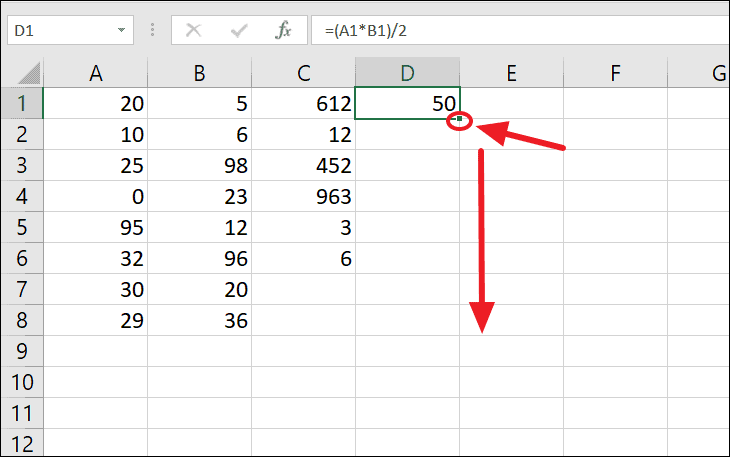
As you drag the formula, Excel automatically adjusts the relative cell references, ensuring that each cell calculates based on its corresponding row or column.
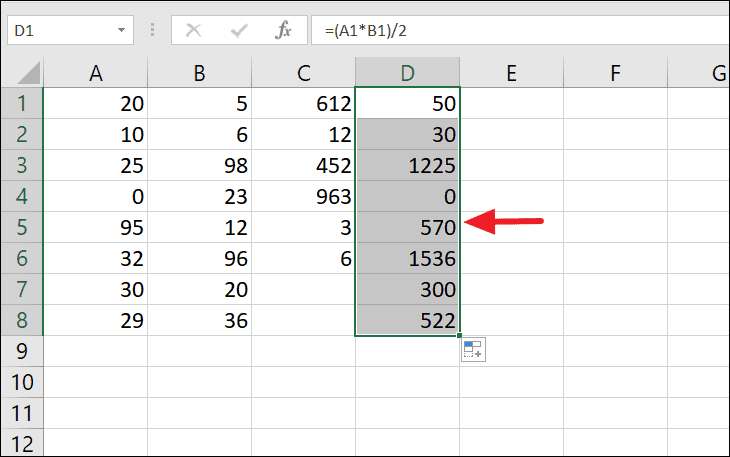
Tip: Double-clicking the Fill Handle will automatically fill the formula down the column as far as there is data in the adjacent column, saving you even more time.
Copying a Formula from One Cell to Another
Sometimes you may need to copy a formula to a single, non-adjacent cell. Instead of retyping the formula, you can copy and paste it efficiently.
Step 1: Select the cell with the formula you want to copy and press Ctrl + C to copy it.
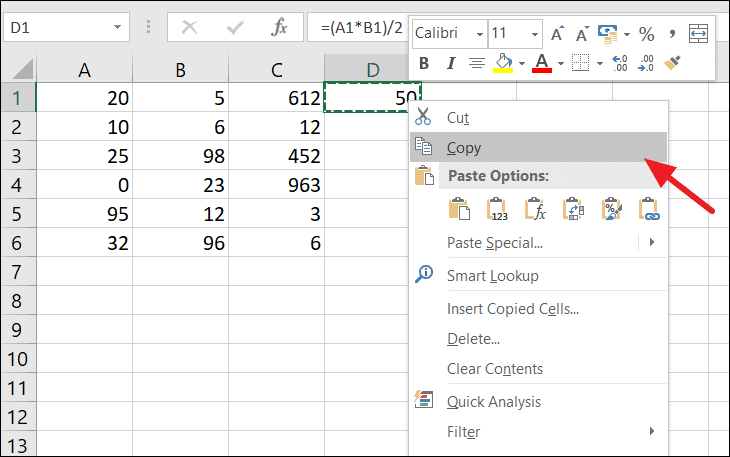
Step 2: Navigate to the destination cell where you want to paste the formula. Press Ctrl + V to paste it. Alternatively, you can right-click the destination cell and select 'Paste' or 'Formulas' under the 'Paste Options'.
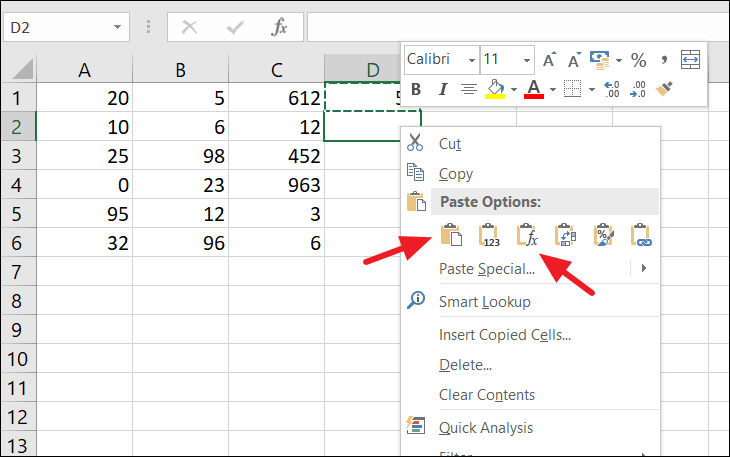
The pasted formula will adjust its cell references relative to the new location, ensuring accurate calculations.
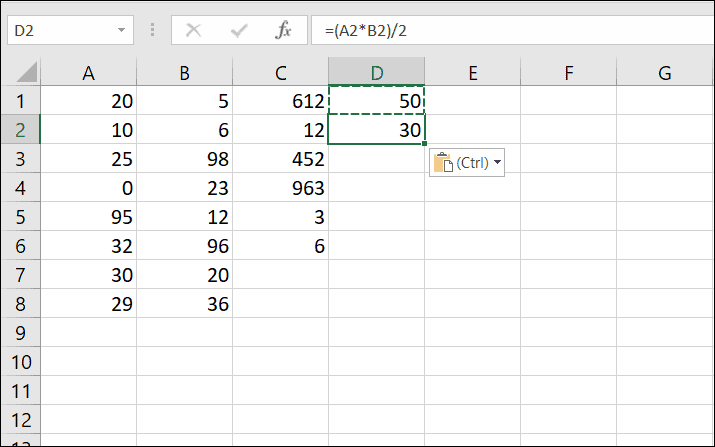
Copying a Formula from One Cell to Multiple Cells
To apply a formula to multiple non-adjacent cells or a specific range, you can use the copy and paste method.
Step 1: Copy the cell containing the formula by selecting it and pressing Ctrl + C.
Step 2: While holding the Ctrl key, select the multiple cells where you want to paste the formula.
Step 3: Press Ctrl + V to paste the formula into the selected cells.

Copying a Formula to Non-Adjacent Cells
Applying a formula to cells that are not next to each other is straightforward with Excel's copy and paste features.
Step 1: Copy the formula from the source cell by pressing Ctrl + C.
Step 2: While holding down the Ctrl key, click on each non-adjacent cell where you want to paste the formula.
Step 3: Once all desired cells are selected, press Ctrl + V to paste the formula into all of them simultaneously.
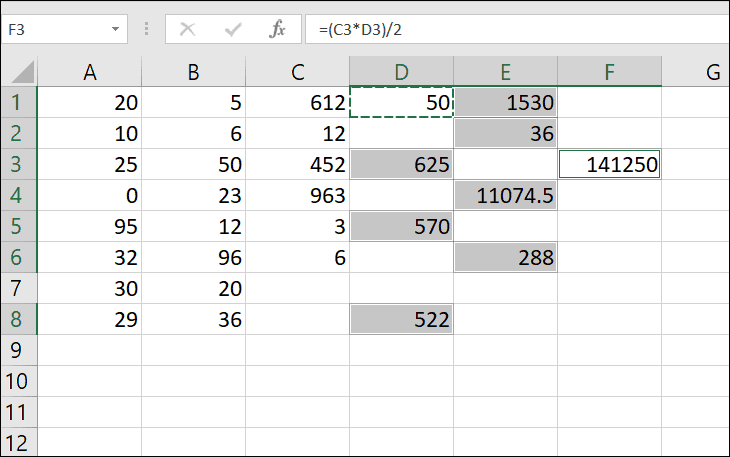
Copying a Formula Without Formatting
When copying formulas, Excel also copies the cell's formatting by default, which might not always be desired. To copy only the formula without any formatting, follow these steps.
Step 1: Use the Fill Handle to drag the formula to the desired cells as usual.
Step 2: After releasing the mouse button, click on the 'Auto Fill Options' button that appears near the bottom-right corner of the last cell.
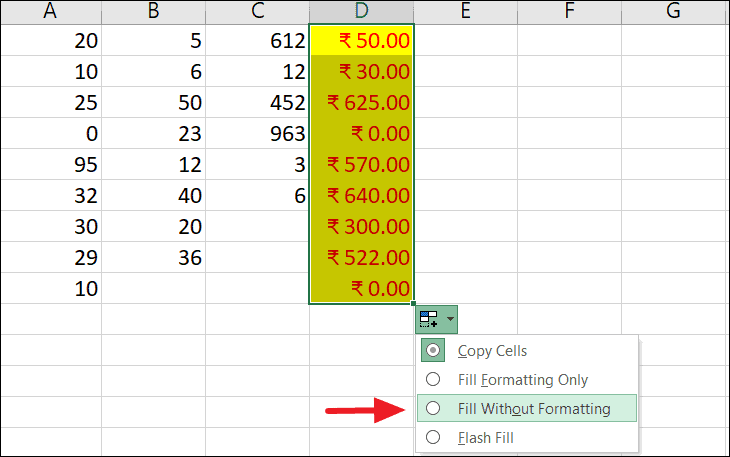
Step 3: Choose 'Fill Without Formatting' from the dropdown menu. This will apply the formula without altering the existing formatting of the destination cells.

Copying Formulas Without Changing Cell References
By default, when you copy formulas, Excel adjusts the cell references relative to their new positions. To copy a formula exactly as it is, without changing the cell references, you can employ absolute references or use specific copy methods.
Using Absolute Cell References
To prevent cell references from changing, convert them to absolute references by adding dollar signs ($) before the column letter and row number.
Step 1: Edit your formula to include absolute cell references. For example, change =A1*B1 to =$A$1*$B$1.
Step 2: Copy and paste the formula to the desired cells. The cell references will remain constant, ensuring the formula calculates using the original cells.
Copying Formulas Exactly Using Copy-Paste Method
Step 1: Click on the cell containing the formula you want to copy.
Step 2: In the formula bar, select the entire formula text and press Ctrl + C to copy it.
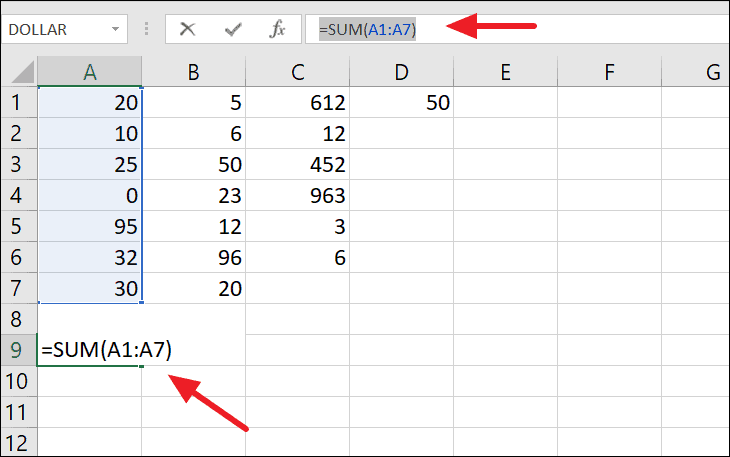
Step 3: Press Esc to exit the formula bar.
Step 4: Select the destination cell and paste the formula by pressing Ctrl + V.

This method copies the formula exactly, without altering any cell references.
Using Find and Replace
You can use the Find and Replace feature to temporarily modify formulas for copying.
Step 1: Select the cells containing the formulas you want to copy.
Step 2: Press Ctrl + H to open the Find and Replace dialog box.
Step 3: In the 'Find what' field, enter =. In the 'Replace with' field, enter a unique character or string, such as #=, and click 'Replace All'. This converts your formulas to text strings.

Step 4: Copy and paste the text strings to the desired location.

Step 5: Select both the original and pasted cells. Open the Find and Replace dialog box again (Ctrl + H), replace the unique character or string (e.g., #=) with =, and click 'Replace All' to restore the formulas.

Now, the formulas are copied exactly without any changes to the cell references.
Copying Formulas and Preserving Number Formatting Only
If you need to copy a formula along with specific number formatting (such as decimal places, currency symbols, or percentage formats) but without other cell formatting, you can use the 'Formulas & Number Formatting' paste option.
Step 1: Copy the cell containing the formula by pressing Ctrl + C.
Step 2: Select the cells where you want to paste the formula.
Step 3: Go to the 'Home' tab, click the arrow under 'Paste', and select 'Formulas & Number Formatting' (the icon showing % fx).

This method applies the formula and preserves the number formatting while ignoring other cell formats like font color or cell fill color.
By utilizing these methods, you can efficiently copy and paste formulas in Excel, ensuring accurate calculations and saving time in your spreadsheet tasks.

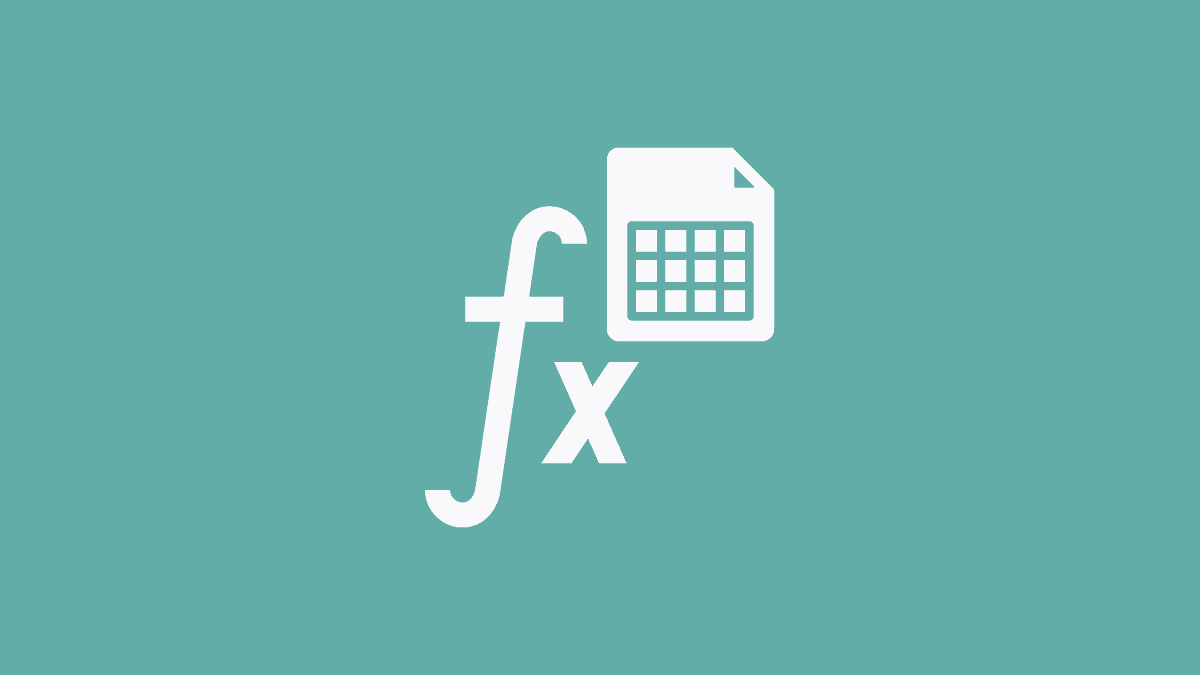









Member discussion